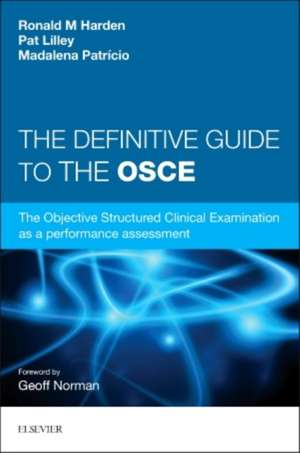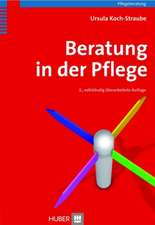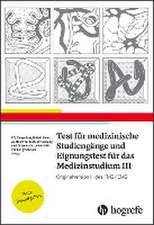The Definitive Guide to the OSCE: The Objective Structured Clinical Examination as a performance assessment.
Autor Ronald M. Harden, Pat Lilley, Madalena Patricioen Limba Engleză Paperback – 6 aug 2015
Used globally in all phases of education in the different healthcare professions, the OSCE was first described by the lead author, Harden, in 1975 and it is now the gold standard for performance assessment.
"This book is an invaluable addition. It pulls together in one place pretty well everything that is known about the OSCE; what works and what doesn't. It is a welcome addition to the bookshelf of any educational leader." Geoff Norman's Foreword
Preț: 296.12 lei
Preț vechi: 311.70 lei
-5% Nou
Puncte Express: 444
Preț estimativ în valută:
56.68€ • 61.59$ • 47.64£
56.68€ • 61.59$ • 47.64£
Carte disponibilă
Livrare economică 31 martie-14 aprilie
Livrare express 15-21 martie pentru 42.18 lei
Preluare comenzi: 021 569.72.76
Specificații
ISBN-13: 9780702055508
ISBN-10: 0702055506
Pagini: 384
Ilustrații: Illustrated
Dimensiuni: 156 x 234 x 31 mm
Greutate: 0.65 kg
Editura: Elsevier
ISBN-10: 0702055506
Pagini: 384
Ilustrații: Illustrated
Dimensiuni: 156 x 234 x 31 mm
Greutate: 0.65 kg
Editura: Elsevier
Cuprins
An introduction to the Objective Structured Clinical Examination
- What is an OSCE?
- The inside story of the development of the OSCE
- The OSCE as the gold standard for performance assessment
- How the OSCE can contribute to the education programme
- What is assessed in an OSCE?
- Choosing a format for an OSCE
- The setting for an OSCE
- The patient
- The examiner
- Implementing an OSCE
- Evaluating the examinee's performance
- Providing feedback to the learner
- The examinee's perspective
- Evaluating an OSCE
- Costs and implementing an OSCE with limited resources
- Limitations of the OSCE
- Conclusions and looking to the future


















